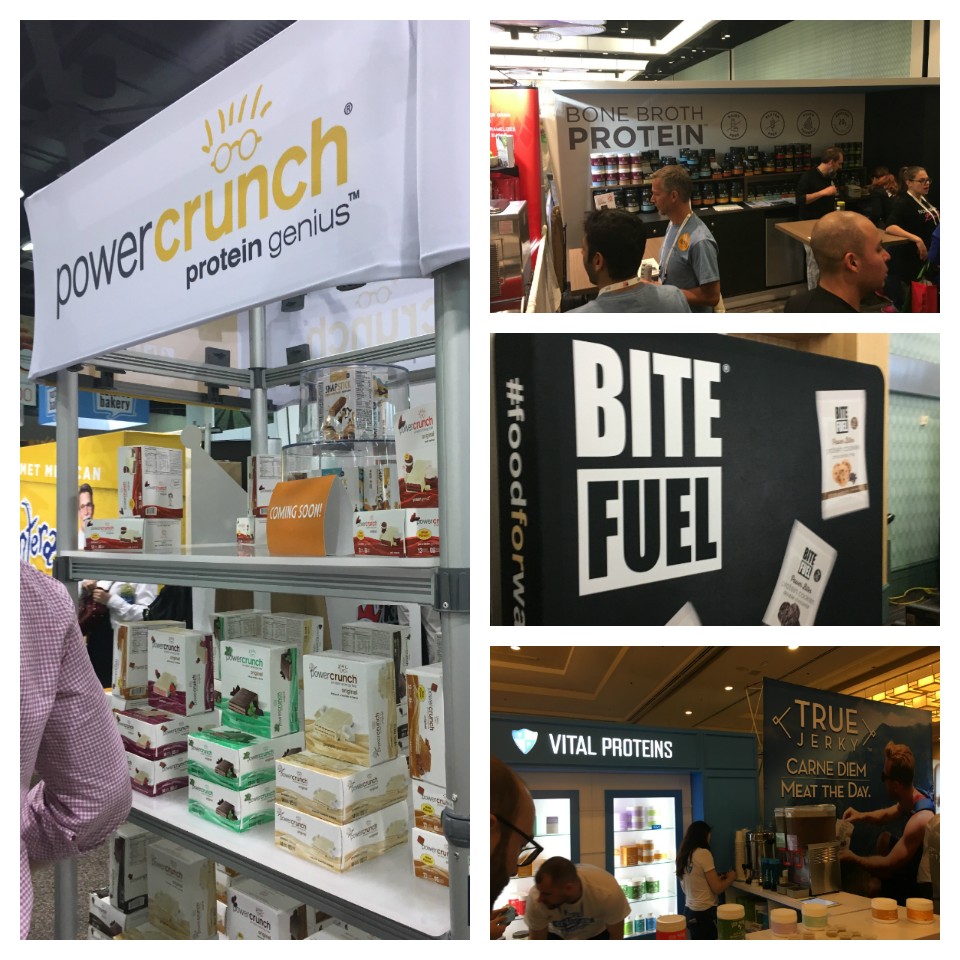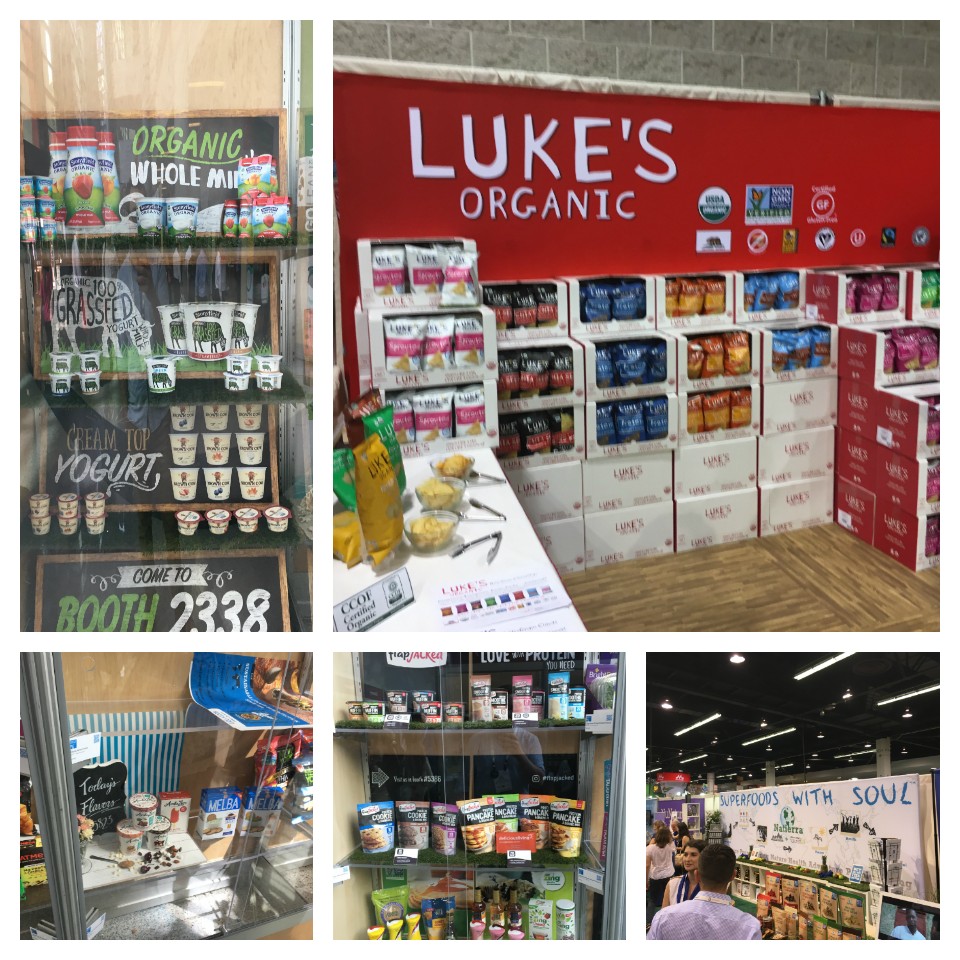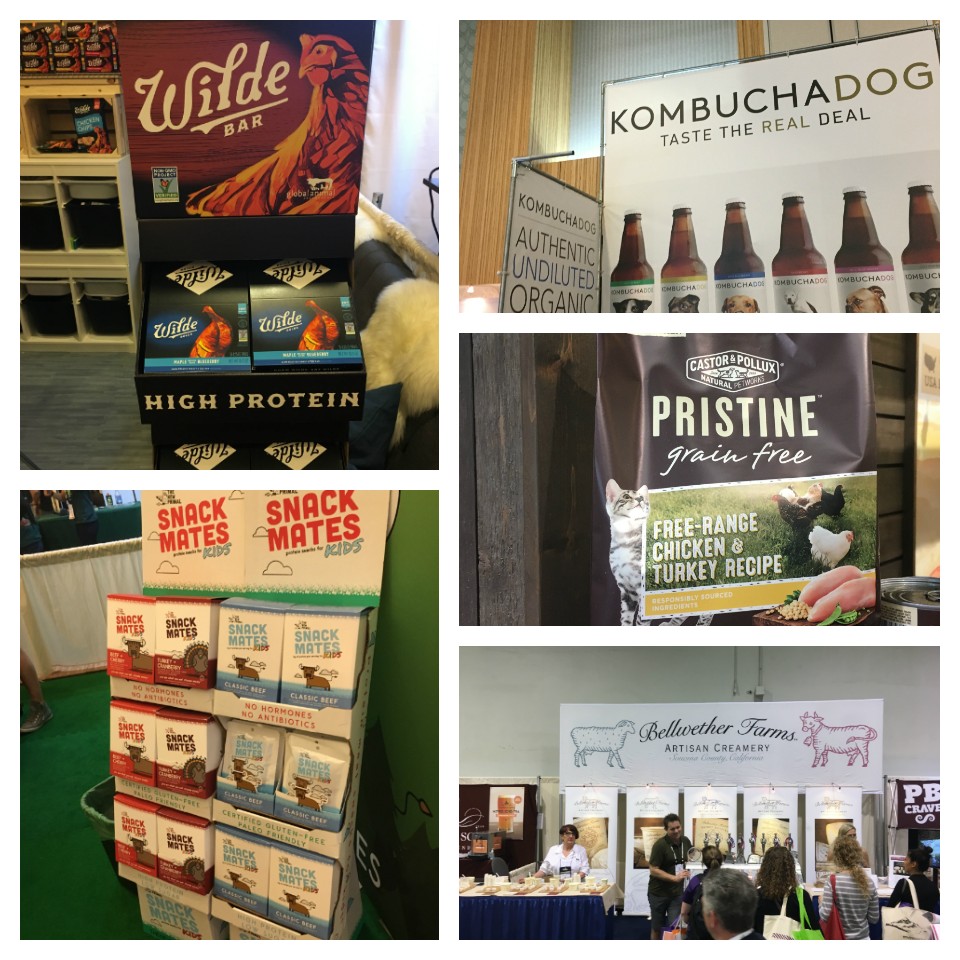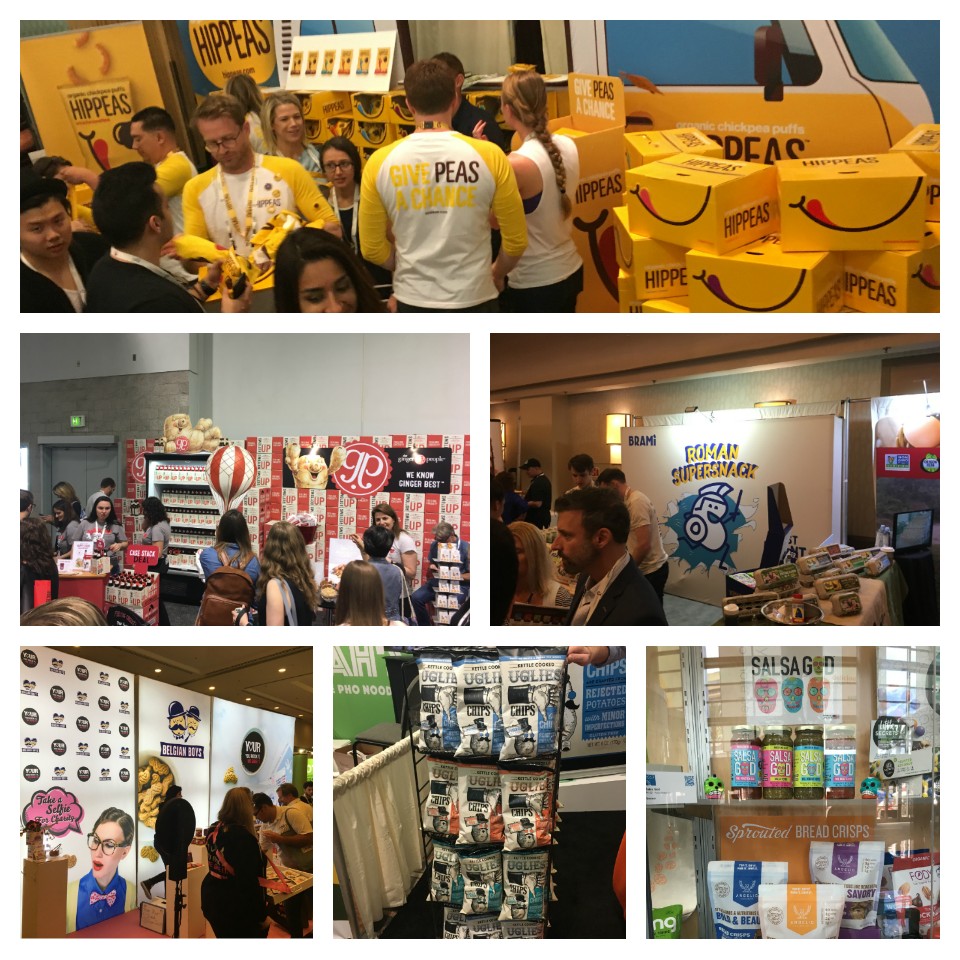Four Branding Trends from Expo West 2017
March 17, 2017 - by Taylor GetlerChris Burton, our Art Director, travelled all the way to Anaheim last week for Expo West 2017. The four-day event is the country’s largest natural foods show, and it gives industry professionals the opportunity to see what’s in store for the future of organic foods. Shifts in consumer tastes usually lead to major design shakeups, and here are four of the biggest packaging trends that we noticed.
Handmade
With consumers becoming increasingly interested in buying local small-batch products, branding is taking on a distinctly “handmade” look. Handwritten logos, drawings, and rough edges are all major trends, as brands are moving away from the overly polished “hipster” look of the last few years in favor of appearing wholesome and healthy.
Protein
Protein is in everything right now, from plant milk to pancakes (FlapJacked wins best name). As a result, we’re seeing categories looking a lot more diverse than they have in the past. For example, protein-packed cookie brand Bite Fuel is using a very heavy black font in all of its branding, which is unrecognizable from the bright colors and gentle script of more familiar players like Mrs. Fields and Famous Amos.
With this sudden interest in protein, we’re also seeing more artisanal varieties of meaty products like beef jerky. Duke’s came to Expo West with dried brisket and Cajun-style dried sausages, with elegant packaging that highlights the seasonings and flavor additives over the meat.
This protein phenomenon is manifesting itself in two ways – products that traditionally would not contain much protein are being set apart with strong, commanding designs, and products that have always been known to be great sources of protein are trying to appeal to new consumers.
Animal Imagery
Consumers want to feel closer to the food that they eat, which means becoming more comfortable with the animals at the source. Meats, cheeses, and flavored snacks are all beginning to feature realistic depictions of livestock, sometimes using straight-up photographs.
Meat-and-dairy-free products are using images of animals as well. Los Angeles’s Kombucha Dog, for instance, puts photos of homeless dogs from local shelters on their labels, using store shelf space to help them find homes.
Mascots
Mascots were all over the place this year, which is interesting for a natural foods show – mascots are most commonly associated with sugary cereals and fast food. Brands are now recognizing that mascots can help build relationships with consumers, who can feel personal and emotional connections to them. They can also considerably boost a brand’s recognition potential, which is especially attractive for new products in crowded categories.
- < Previous Super Bowl Branding
- Next > Brand Stories: Magic Leap







